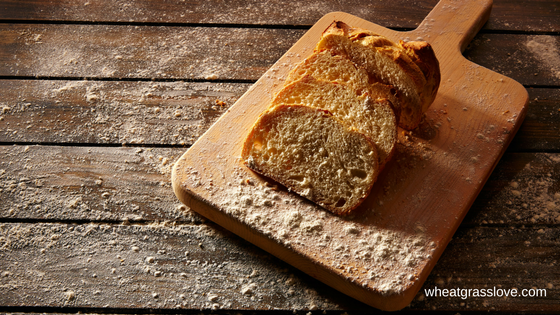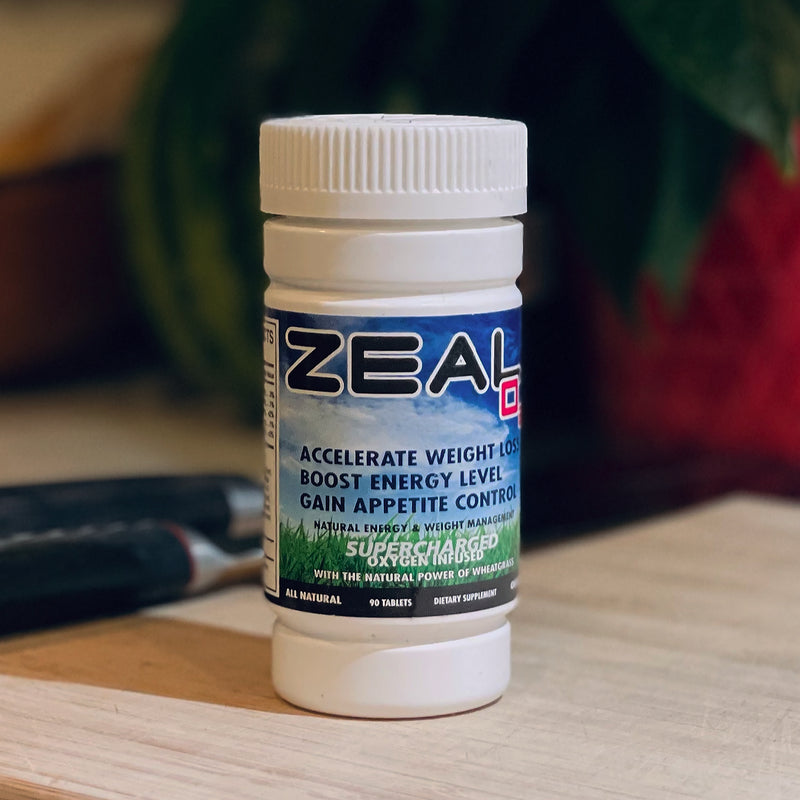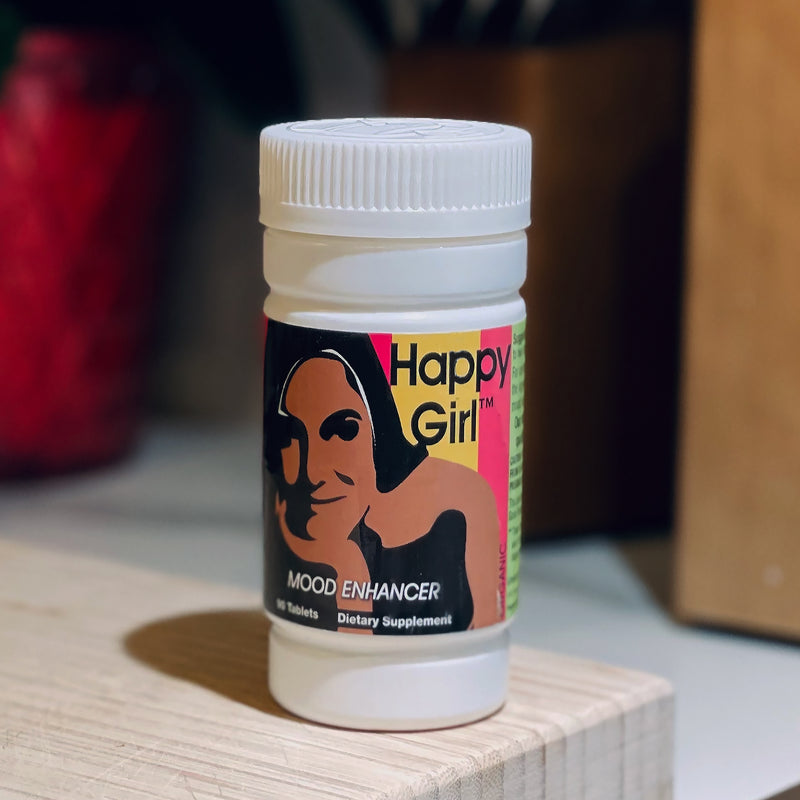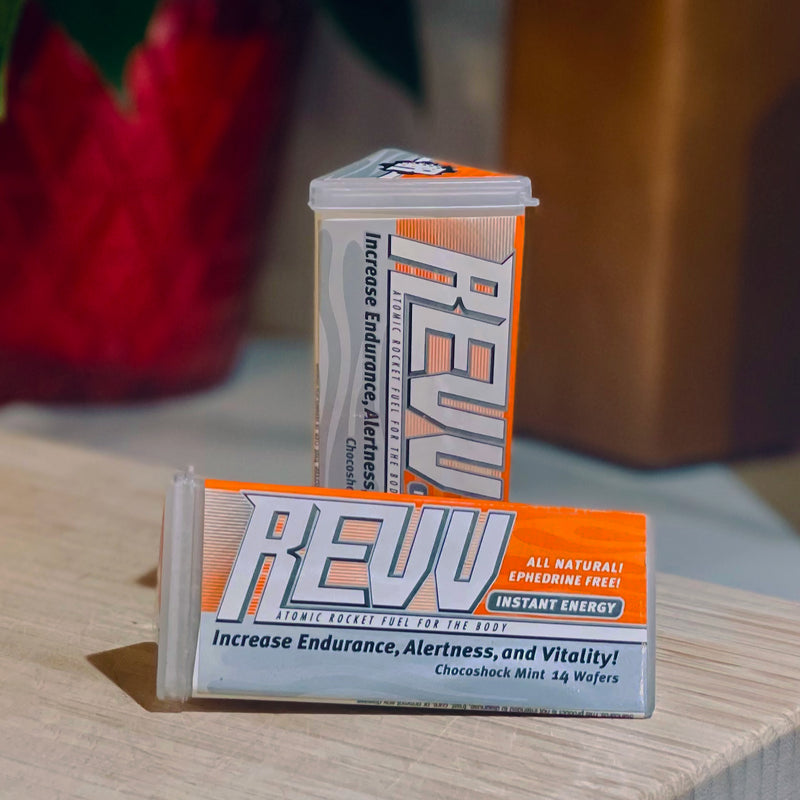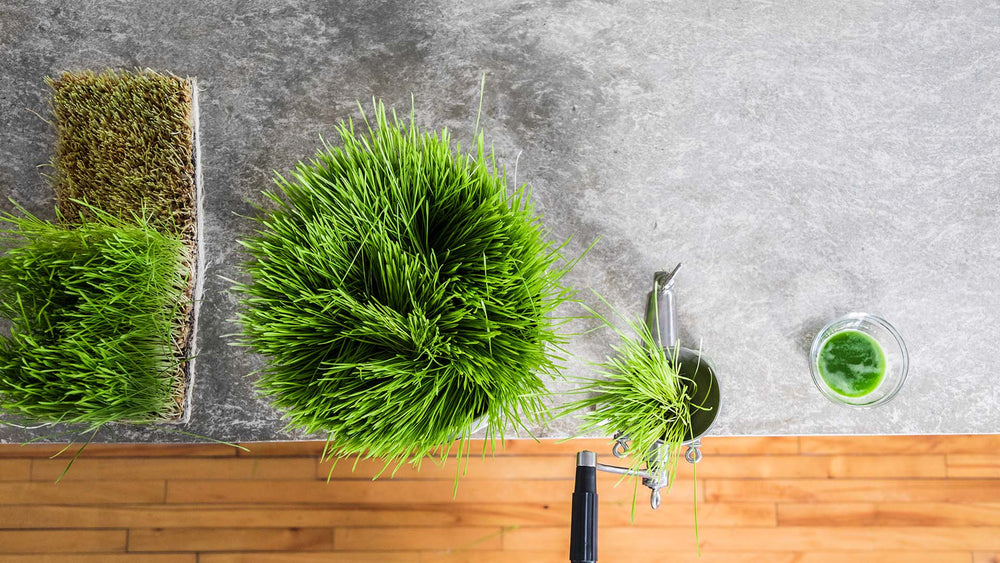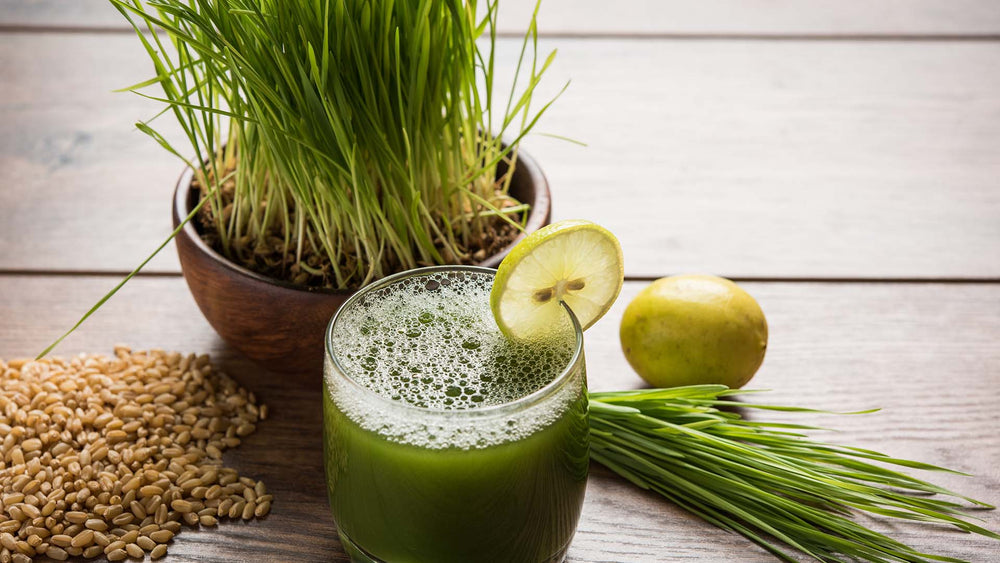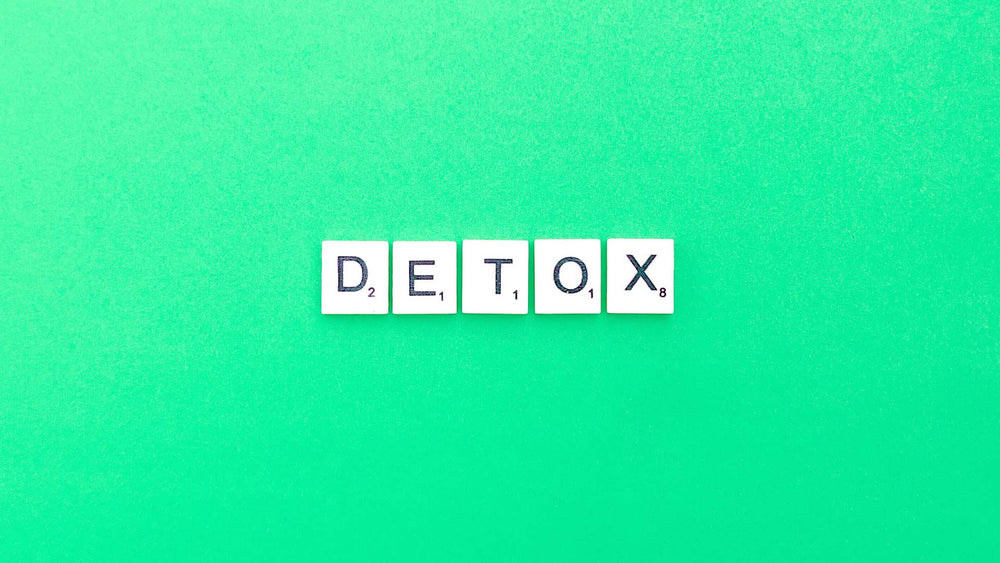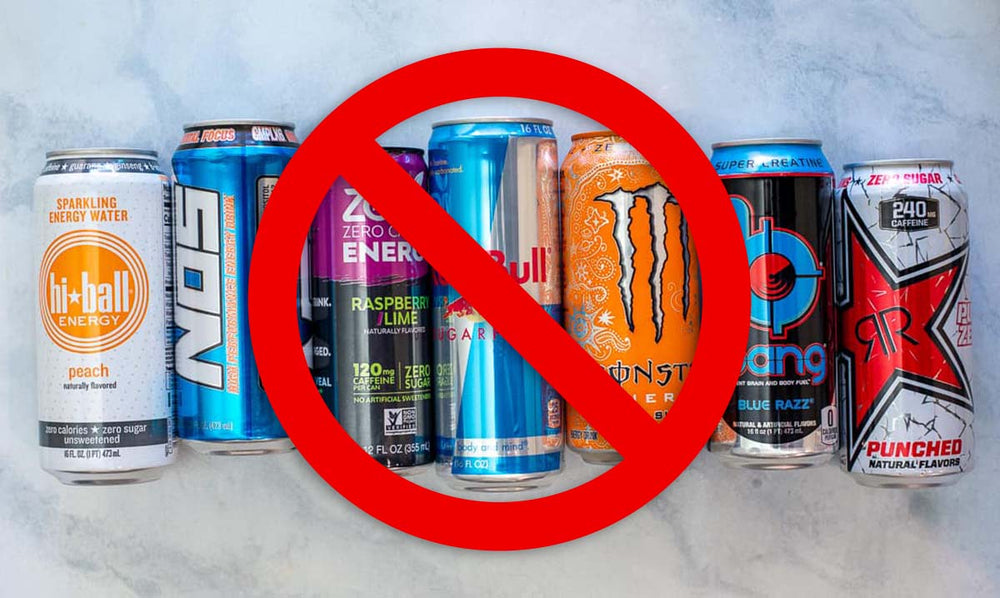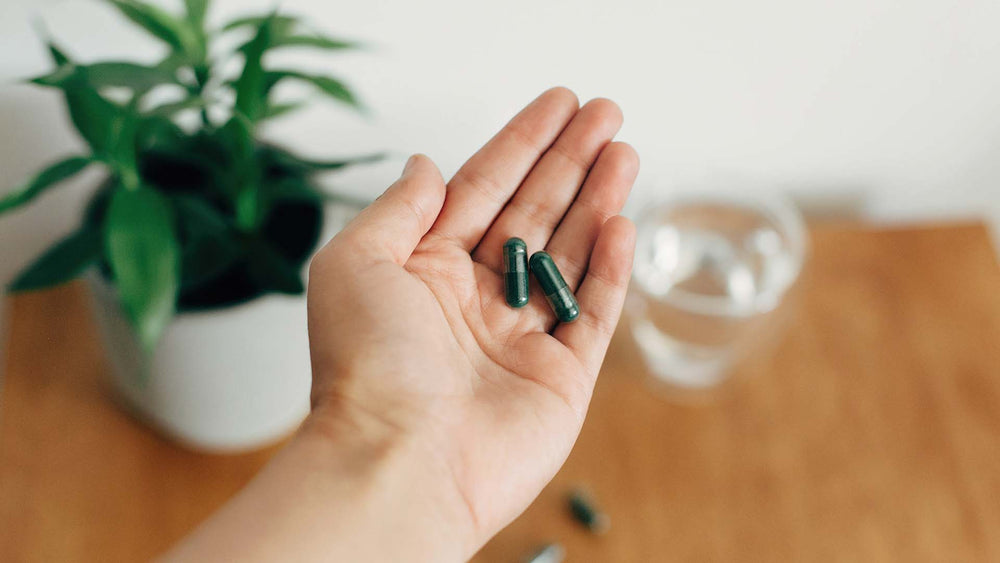What's so bad about gluten? Well, if you have celiac disease, plenty; if you don't, not so much. A 2013 survey by NPD Group showed 30% of adults said they're planning to cut down on gluten. With all the news stories about gluten being potentially harmful, and the spate of new, gluten-free products, it's no wonder so many people are jumping on the bandwagon. But what exactly is gluten, and why are so many people scared of it?
What's So Bad about Gluten and What Exactly Is It?
A protein found in barley, rye and wheat (but not buckwheat or wheatgrass), gluten means glue in Latin. It describes gliadins and glutenins, two types of protein, which are found in the grain's seeds. A sticky, elastic substance, gluten is sometimes used as a thickening agent in cosmetic products and toothpaste.
Most breads, pastries, pastas, chips and crackers contain some gluten. People with a condition called celiac disease can't eat gluten. When people with celiac disease consume gluten, they may experience bloating, gas, diarrhea, muscle cramps, iron deficiency anemia, mouth sores, and damage to the lining of the small intestines. They may not absorb enough nutrients from the food they eat and become malnourished or lose weight. Untreated celiac disease may lead to osteoporosis or seizures.
About 1% of the population has celiac disease. That's up to 5 times as many people diagnosed with the disease as in the mid-20th century. This may be due to increased testing for celiac and gluten disorders, not any major changes in lifestyle or eating habits. Or it may be due to hybrid varieties of wheat used today and the “Hygiene Hypothesis”, which says that the lack of good bacteria in the modern world makes our immune system destroy harmless intestinal flora and mistake whole grains as bodily invaders. Without good bacteria, our digestive system – and our good mood-may be compromised.
Avoiding gluten-based foods is also necessary for people with wheat allergies, and individuals who suffer discomfort after eating gluten, but aren't diagnosed with celiac disease.
What's So Bad about Gluten? Other Potential Health Problems
- Like sugar, caffeine and alcohol, some people may find wheat gluten addictive. Cravings for doughnuts, pastries, cakes and even crackers are pretty common, and certain people may crave gluten. Studies have shown that when broken down, gluten contains peptides that may activate opioid receptors in the brain, causing addiction. This is a long-shot theory, but it's certainly possible gluten may cause food addiction in some people.
- Gluten may lead to brain disorders known as gluten-sensitive idiopathic neuropathies. Cerebellar ataxia, which causes balance and coordination problems and difficulty talking, is partially caused by gluten intake. Patients with this condition improved when placed on a gluten-free diet. A gluten-free diet has also proved effective for some people with autism, epilepsy and schizophrenia.
What's So Bad about Gluten and How to Replace It (If You Need To)
Replace the vitamins and minerals in gluten by eating plain yogurt and other low-fat dairy products, lean meat, buckwheat and quinoa. Natural, gluten-free foods include all non-grain food sources, so you won't miss out on many nutrients if you plan meals wisely.
Eat These Gluten-Free Foods if You Have Celiac Disease (Or Even if You Don't)
Meat, poultry, fruits, vegetables, nuts, beans, legumes, dairy products, fish and seafood contain no gluten. The stems and leaves of pure wheatgrass and barley grass are gluten-free, but their seeds aren't. Corn, rice, tapioca, millet, yucca, chia, flax and quinoa and other starchy grains are gluten free.
Most popular brands of breads, pastas, baked goods and crackers contain gluten, but many companies now offer gluten-free alternatives. Some consumers report that gluten substitutes are bland-tasting, and lose interest in the products. Removing gluten from products proves difficult for many companies, as it's hard for the refined versions of gluten to retain its structure. Some gluten-free cereals contain few vitamins or minerals while their gluten counterparts are rich in calcium, Vitamin C and other nutrients.
You'll find gluten-free foods in health food stores and online. Baking your own bread with buckwheat, quinoa, grout, millet, kasha or other gluten-free grains is an option. It will take a lot longer than picking up a loaf of bread at the store, but you'll have peace of mind knowing exactly what's in your meal.
What's So Bad about Gluten - and What's Good about It
Nutritionists warn against blindly following the no-gluten fad. Whole grains contain gluten, but they're also packed with vitamins, minerals and fiber. Most of the population will needlessly miss out on important nutrients if they drop gluten from their diets.
Gluten-free diets lack iron, fiber, folate, niacin, calcium, Vitamin B12 and zinc, leaving people weak and undernourished. Inadequate fiber can slow down your digestive system and cause constipation. It's possible to eat a healthy diet without consuming whole grains with gluten content, but it takes a bit of planning. The refined grains in gluten-free products may not give you enough fiber, so you'll need to get it from black beans, lima beans, raspberries, pears, raisins or other foods.
If you develop upset stomach, bloating or diarrhea after eating gluten products, get tested for celiac disease. This condition damages the linings of the small intestines, preventing absorption of nutrients. This may cause malnutrition and weight loss. If you think you may be gluten-sensitive, have your doctor test you before you stop eating gluten products. Celiac disease is diagnosed with a blood test, but some gluten-sensitive people don't test positive for the condition. They suffer from fatigue, headaches and stomach upset after eating gluten, but don't experience damage to their intestines. A gluten-free diet helps relieve symptoms for gluten-sensitive people or individuals with celiac disease
What's so bad about gluten if you don't have celiac disease or gluten intolerance? Nothing. If you don't feel ill after eating wheat or foods containing gluten, don't worry about adjusting your diet. Some people may compensate for the lack of gluten (and fiber) in their diet by eating more fat, which can cause weight gain and other health problems.
If you aren't diagnosed with celiac disease and don't experience discomfort after eating gluten, it's unlikely a gluten-free diet will benefit you. Eat healthy foods you enjoy (in moderation, of course) to get all the necessary nutrients.
An Italian study suggested some of the symptoms attributed to gluten sensitivity may actually be causes by other food ingredients. Check with your doctor if you have bloating or other symptoms after eating foods containing gluten to rule out other causes.
Wheatgrass Contains No Wheat or Gluten and Offers Hundreds of Nutrients
Despite having the name “wheatgrass”, this superfood doesn't contain wheat. Humans can't eat wheatgrass the way a cat does – we can only consume wheatgrass as a supplement after it's been processed. Wheatgrass stems and leaves have no gluten or wheat in them. Only the seed kernels in wheatgrass contain gluten/wheat, and they aren't used in the manufacture of wheatgrass supplements.
One ounce of wheatgrass has 240% of the recommended daily allowance of Vitamin A, 356% of the RDA for iron, and 8 grams of fiber. Wheatgrass increases the amount of oxygen in your blood. This stimulates circulation to improve skin tone and energize you.
Wheatgrass pills made from high-quality wheatgrass offer hundreds of nutrients, including all the vitamins you'd find in a typical multivitamin and lots more. Wheatgrass contains Vitamin A for skin and eye health, Vitamin C for a better immune system and Vitamin K to aid blood clotting. The Vitamin E in wheatgrass helps skin retain moisture, contributes to a healthy heart and promotes circulation, and B-complex vitamins boost energy and improve mood.
What's So Bad About Gluten? – The Bottom Line
Be aware that some products bearing the gluten-free label never had gluten in the first place, like yogurt or frozen vegetables. When you buy these products, you're not buying a healthier food – you're buying the same product you've always eaten. The “gluten-free” phrase on the label is there to entice you into buying a seemingly different version of the product.
When you buy buns, breads, cookies, crackers, cakes or pastries – products that may have whole grains in them – then you should pay attention to the gluten free sticker on the wrapper or package. If you have celiac disease or gluten-sensitivity, it's important to avoid wheat products to stay healthy. If you don't have any history of gluten-related health problems, eating moderate amounts of gluten and whole grains won't harm you, and they'll provide essential fiber, B-vitamins and iron.
The Wall Street Journal and other publications have featured articles referencing the gluten fad, and reinforce the idea that gluten-free diets are valuable for a small segment of the population, but are a waste of time for most people. The gluten-free craze was preceded by fat-free and sugar-free food trends in the 1980s and 1990s. While watching how much fat, sugar (or gluten) we eat is a good thing, overcompensating for lack of gluten by eating too many fats or sugars can cause weight gain that leads to other health problems.
About 11% of American households purchased gluten-free foods in 2013, accounting for over ten billion dollars in sales. The gluten-free industry is big business, but the health benefits are non-existent for most consumers. Striking gluten from the diet isn't as important as dropping excessive sugar consumption, Aspartame and other sugar substitutes, or fried foods from your meals.
Many health fads have come and gone over the years, some with merit, others without much validity. What's so bad about gluten? Nothing, for about 93% of the population.
Gluten-Free Wheatgrass Supplements Zeal O2, REVV and HappyGirl Offer Nutrients for Better Health
If you have celiac disease or gluten sensitivity, you can take Wheatgrass Love wheatgrass supplements without worrying about gluten content. Don't let the “wheat” in wheatgrass fool you! There's no wheat or gluten in the high-grade wheatgrass we use to make our highly nutritious pills. Wheatgrass Love offers three gluten-free supplements for weight loss, energy and a better mood the natural way. And, of course, if you aren't gluten-sensitive, you can reap all the health benefits of Wheatgrass Love products, too.
HappyGirl Natural Mood Enhancement Supplement offers relief for non-clinical mood swings, anxiety and depression for men and women. Wheatgrass contains Vitamins C and E, magnesium and Vitamin B12 to spark up your mood when you're feeling low. And we've added extra B vitamins, including B12, B6 and folate, for even more natural mood-improving power. HappyGirl also boasts an herbal blend with damiana, cayenne pepper, green tea extract, ginger, gotu kola and other great herbs for better mood and more energy. Order HappyGirl.
REVV Natural Energy Supplement is a great-tasting chocolate mint wafer you can take anytime to revv up your engines without excess sugar or additives. Made with high-grade, gluten-free wheatgrass, extra B-complex vitamins and heart-healthy L-taurine, it's a welcome alternative to energy drinks. Read more about REVV.
Zeal O2 Natural Weight Loss Supplement and Energy Booster harnesses the nutritional power of high-quality, gluten-free wheatgrass to keep you healthy while you lose weight. The chlorophyll in wheatgrass supplies all the vitamins, minerals and amino acids you need to stay fit and energetic. Magnesium, a mineral sorely lacking in the diets of most Americans, helps control muscle activity and keeps bones strong, and chlorophyll contains a large quantity of this invaluable mineral. Chlorophyll helps flush toxins out of your body and prevents them from returning. It has enzymes to aid your digestion, helping you to stay regular, and amino acids to build proteins and muscle strength in your body. Zeal O2 also contains a proprietary blend of herbal extracts, including green tea extract, cayenne pepper, ginseng, gingko biloba and fat burning bitter orange (Citrus Aurantium). Order Zeal O2.
Order REVV, Zeal O2 or HappyGirl by phone at 877-303-1717. Make wheatgrass part of your daily health and nutrition routine. It doesn't contain wheat or gluten, and offer hundreds of nutrients. Once you've answered the question “What's so bad about gluten?” you can safely take gluten-free Wheatgrass Love supplements, even if you can't eat whole grains.

